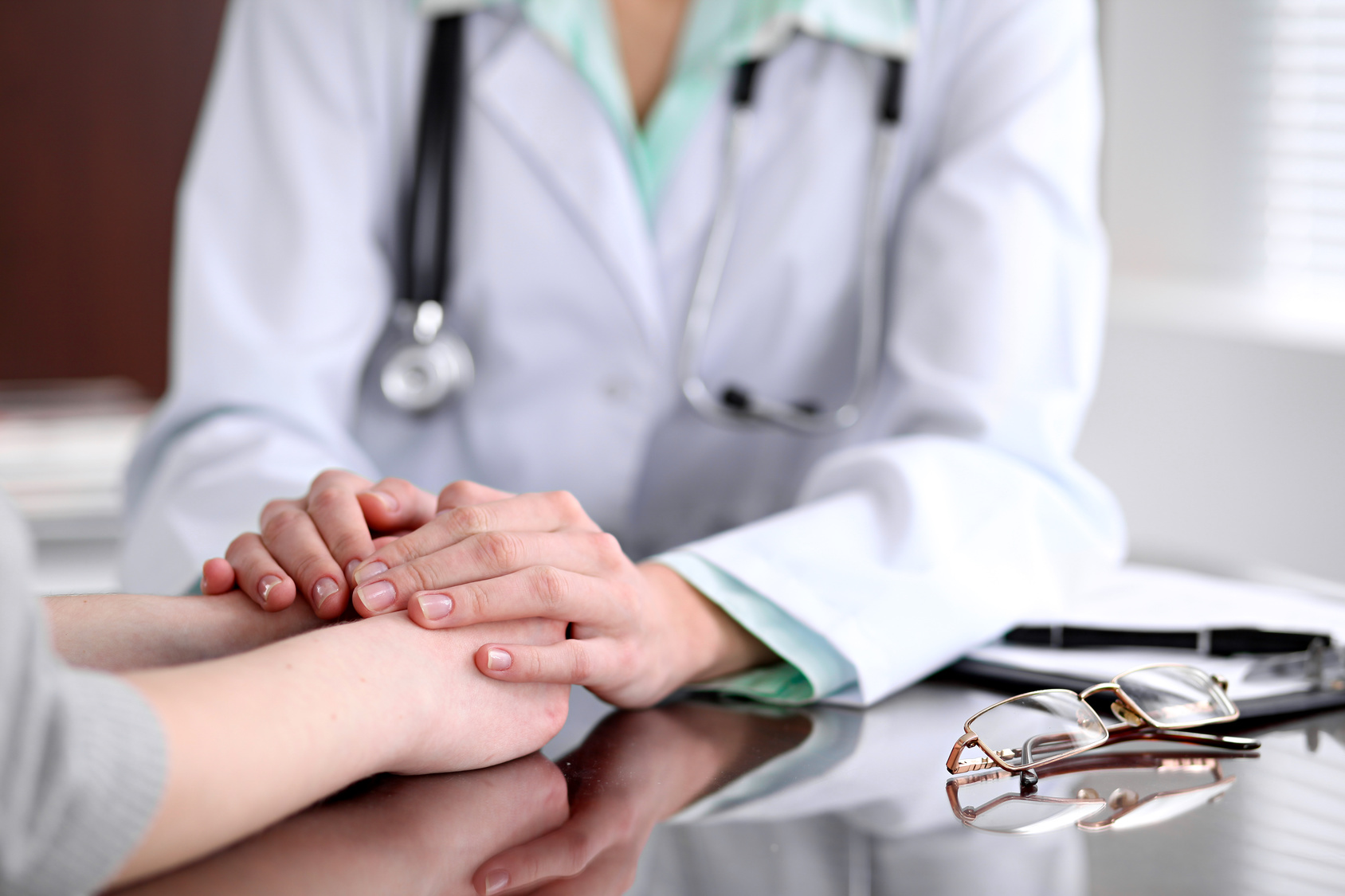Endometriosis
Endometriosis at a glance
- Endometriosis is a chronic condition that occurs when tissue in the lining of the uterus, which is called the endometrium, begins to grow outside the uterine wall.
- Endometriosis affects more than 5 million American women, typically in their 30s and 40s.
- The primary risk from endometriosis is infertility, which about a third of women with endometriosis experience.
- Endometriosis symptoms include minor to severe pelvic pain, as well as pain during sex and urination.
- Some women experience no visible symptoms and may be diagnosed when they experience infertility.
- Endometriosis can be effectively managed in numerous ways depending on symptom severity and whether the patient intends to conceive.
What is endometriosis?
Endometriosis is a painful, chronic condition that occurs when uterine tissue that normally lines the inside of the uterus begins growing outside the uterine wall. The overgrown tissue often extends to the ovaries, bowels or pelvis lining. In rare cases, the endometrial tissue spreads beyond the pelvic region.
Displaced endometrial tissue performs its normal function by thickening, breaking down and bleeding during each menstrual cycle. But the endometriosis blood tissue has no way to exit the body, so it builds up and becomes trapped, causing inflammation, irritation and pain.
If endometriosis reaches the ovaries, it may cause ovarian cysts (endometriomas). About one in ten women have endometriosis worldwide and over five million American have endometriosis.
Endometriosis is a leading cause of infertility in women, although doctors cannot conclusively say why. In some cases, cysts form in the ovaries and cause scarring that may block the Fallopian tubes, thus making it harder to conceive. More severe symptoms do not necessarily mean a woman is less fertile than a woman experiencing minor or no symptoms.
Causes of endometriosis
There are no definitive causes of endometriosis, but it is most likely triggered by a condition called retrograde menstruation. This occurs when menstrual blood mixes with endometrial cells and instead of exiting the body through the vaginal canal, it flows backward up the Fallopian tubes and into the pelvic cavity.
Endometriosis may also develop when cells that line the abdomen and pelvis grow from embryonic cells, causing areas to build up excess tissue. Surgical procedures such as a hysterectomy or a C-section may cause endometrial cells to attach to the surgical incision and grow, potentially causing endometriosis.
Endometriosis risk factors
Women have a greater risk of developing endometriosis if they:
- Have never given birth
- Have one or more relatives with endometriosis
- Have a history of uterine abnormalities and pelvic infection.
Endometriosis symptoms
The most common symptoms are painful periods and overall pelvic pain, as well as heavy periods or bleeding in between periods. Women with endometriosis may also experience pain during sex.
Other symptoms of endometriosis include diarrhea and constipation, nausea and fatigue during menstrual periods. Symptom pain can vary wildly among women and partly depends on where the endometriosis buildup is located. Typically, the deeper the location of the endometriosis, the more intense the pelvic pain is.
Yearly gynecology exams do not identify endometriosis. A doctor must perform a laparoscopy, a minimally invasive surgical procedure, in order to view the location and size of the growths. Endometriosis is often initially diagnosed when a woman is examined due to infertility.
Treatment of endometriosis
Treating endometriosis begins with an overall assessment of the patient’s lifestyle and future family planning goals. Available treatments range from over-the-counter medicine to surgical procedures. A doctor may first recommend pain management medications, including over-the-counter anti-inflammatory drugs such as ibuprofen and naproxen.
If initial pain medications don’t work, a doctor may recommend supplemental hormones that may reduce or eliminate associated endometriosis pain entirely. Hormonal treatments do not provide a permanent fix for endometriosis. Symptoms will reoccur after completing the hormonal treatment.
Taking an oral contraceptive birth control, for women not trying to get pregnant, manages and reduces hormones that cause endometrial tissue build up each month. Women trying to get pregnant may opt for a conservation surgery to remove as much endometrial tissue as possible while preserving the ovaries and uterus.
Surgery to remove adhesions, nodules and ovarian cysts can relieve symptoms. The most severe cases of endometriosis typically are treated with a hysterectomy, which is usually performed only as a last resort for women still able to get pregnant.
